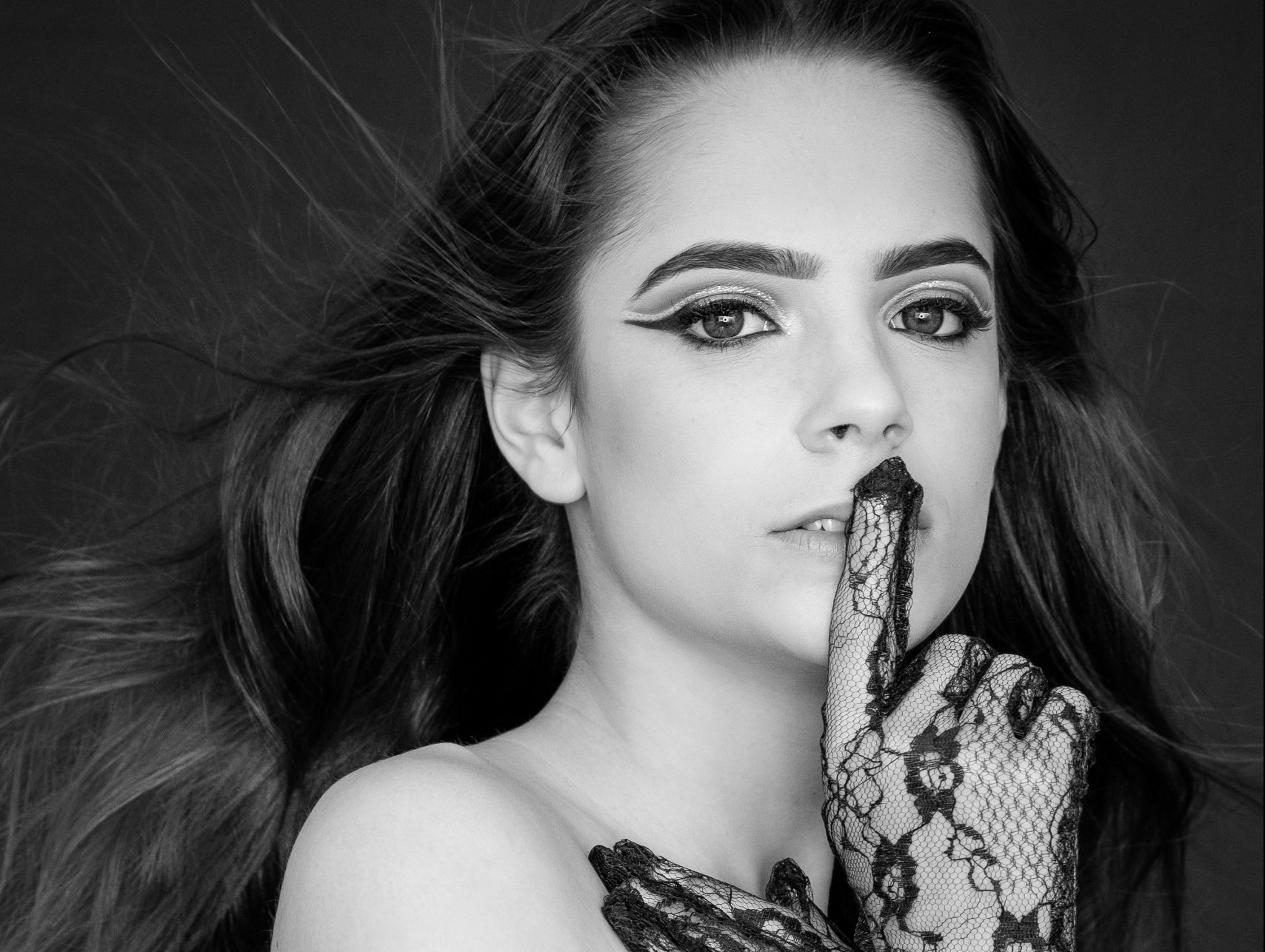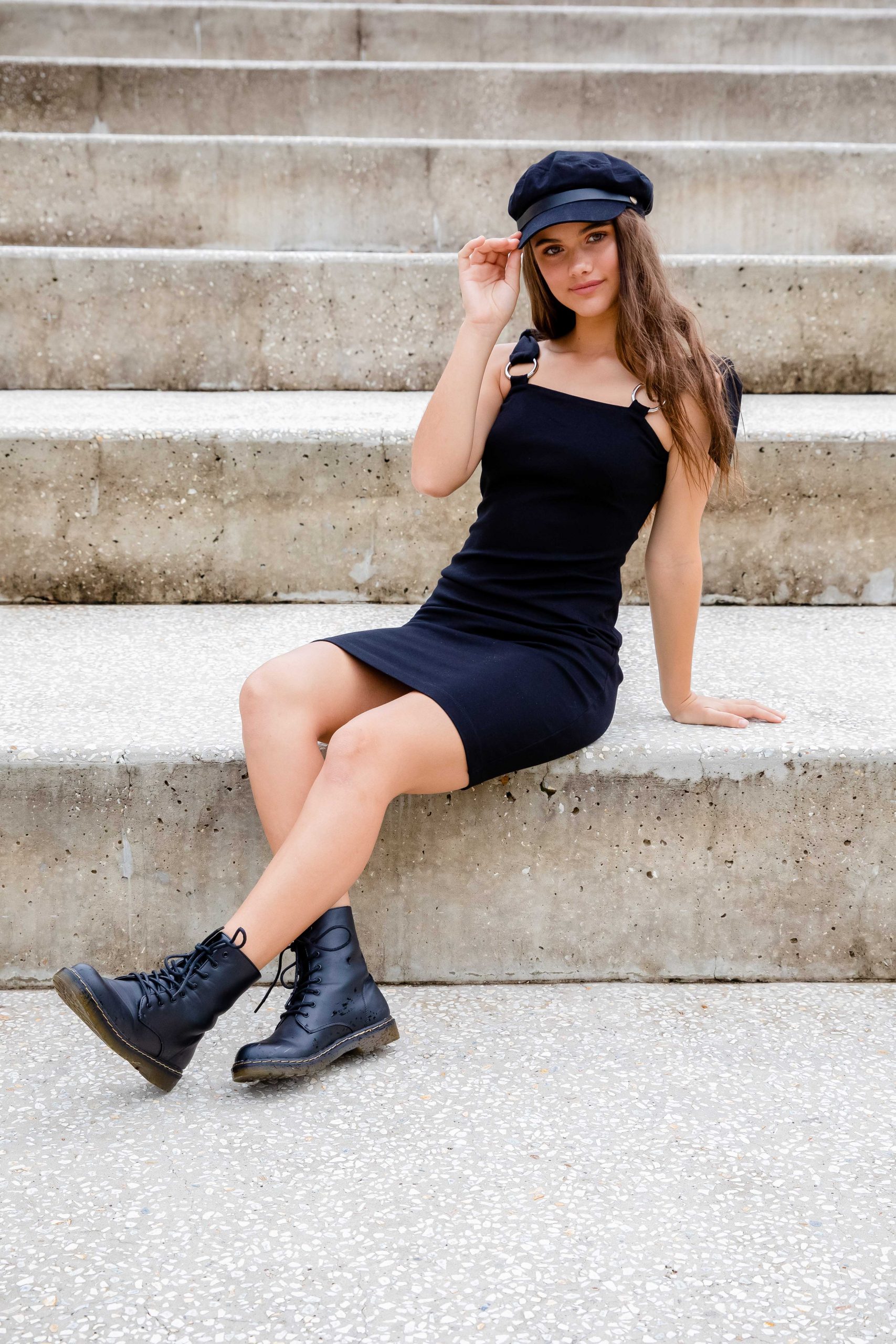The Beginner's Guide to Product Photography
If a image is worth a thousand words, a magnificent product photo deserves a thousand web site check outs. Although I don't have data to support that declaration (yet), product photography can be extremely beneficial to your ecommerce website approach.
To reach your target market participants that like buying online, you also require to give your audience clear, attractive images of your items.
Yet product photography isn't as simple as aiming as well as firing. Even one of the most standard items need the proper equipment, illumination, as well as area to produce gorgeous images that sell consumers right from the acquisition web page.
6 Product Photography Tips ( as well as Examples) for Taking Pictures That Market
Below are the pointers, examples, and materials you'll need to effectively photograph and also market your products in a way that makes your visitors as well as leads intend to convert.
1. Don't be afraid to use your mobile phone's camera.
This is the component where I'm meant to persuade you to buy a high-end, 50-megapixel (MP) camera with a 100-millimeter screw-on lens. But I'm not mosting likely to do that.
If you currently possess a video camera that fits this description, make use of it. But for many kinds of items, it's entirely https://sharedmoments.com.au/campaign-photography/ appropriate to shoot product pictures on a smart device.

Newer smart devices boast effective video camera lenses as well as settings that enable you to optimize your shots for the different sorts of light as well as environments you might fire in.
If you need more persuading, simply have a look at Apple's Shot On An apple iphone campaign and also the images that have actually arised from it for many years such as this set:
2. Fire from a tripod for photo consistency.
Before discussing tripods, I'm bound to begin with a primary policy: Do not prop your phone versus something tough to intend your lens toward the topic.
It's simply too simple for this makeshift setup to slide about throughout the shoot as well as create incongruities in your photos' appearance. If you relax your electronic camera on, say, a stack of books, simply make certain this plan doesn't transform over the course of the shoot.
There's no harm in holding your camera yourself when firing just a few product photos for your ecommerce website. But as your business grows, and also you take a lot more photos of more items, it can be hard to standardize the product's positioning in each photo when shooting handheld.
To ensure consistency across your items, you'll require a tripod. And also thankfully, buying one isn't constantly the large, industrial-sized investment it used to be.
Here are two types of tripods to take into consideration.
Traditional vs. Adaptable
This is a tradition tripod-- there are standard tripods readily available for both electronic cameras and mobile phones.
A flexible tripod can be controlled in a variety of means. You can flex its legs and also place it on various surfaces to obtain the angle you need.
Mobile Hold
There's often a screw on the top of your tripod which affixes to your video camera to hold it in position. The bottom of the majority of professional-grade video cameras has a screw hole just for this purpose, however mobile phones can use the complying with adapter:
The adapter grasps the sides of your smart device as well as can screw into either sort of tripod, enabling you to operate the video camera regulates with the phone display facing exterior and also toward you.
Once you identify which mount you'll require, set it up in front of your product, as well as think about putting three items of tape on the ground to mark where you would love to maintain each leg of your tripod over the course of the shoot.
3. Pick natural light or synthetic light.
Never ever take too lightly how certain types of light can boost (or impede) your product photography. Remember, buyers obtain the best take a look at an item in person, where they can see whatever they require to prior to acquiring. The appropriate lights setup helps you disclose those essential decision-making product features when all site visitors need to go on is a photo.
A single lights arrangement could not help every product-- a lighting plan that works for some items might damage the look of others.
There are 2 kinds of light you can select as your primary light source: natural and artificial light.
Natural Light
Natural light refers to sunshine-- basic as that. It's likewise called "soft light" due to the fact that the sunlight casts a larger, softer series of light than, state, a light beaming directly on the product. Ecommerce product shots flourish in all-natural light if:
The product is shot outside or indicated to be used outside.
The product is used by, endured, or shot with a person (people have a tendency to look much better in natural light).
You're trying to emphasize the product's environments, instead of certain attributes of the product.
Right here's an instance of a shot utilizing all-natural light:
Synthetic Light
Fabricated light consists of candles, fire, as well as a lot more commonly, light bulbs. It's also referred to as " difficult light" due to the fact that it generates a smaller but much more concentrated light surface. This sort of light accommodates items with physical information that require to be highlighted to thrill an on the internet shopper.
As a general regulation, stay with simply one sort of light per photo-- natural or fabricated. Adding natural light to an unnaturally lit photo can soften a product that's suggested to festinate, and including artificial light to a naturally lit photo can develop a product that's meant to look soft. You don't intend to enter your very own means.
4. Fill or bounce your light to soften darkness.

Whether you utilize natural light or fabricated light, you'll require to minimize the darkness that any type of possible tough light casts on the contrary end of a product.
There are 3 methods to do this:
Fill up Light
Include an additional, less-intense light to supplement your major light. This additional light is called your fill light as well as is used as a counterbalance to soften the natural shadow your main light produces behind an object.
To do this, position your fill light opposite your major light so your product rests between both light sources.
Flashbulb Bounce Card
A bounce card, or reflector card, is a little card that " shows" or " jumps" the primary light back onto the surface below your product to decrease shadows.
Some bounce cards connect to the flashbulb of a specialist camera lens to diffuse the light from the cam's flash. This card sprinkles a softer light onto the topic from above your collection-- as opposed to right at it-- so you don't have long darkness trail behind the item you're firing.
Standalone Bounce Card

If you're firing from a smartphone, a flashbulb bounce card isn't an choice, considering that you do not have a physical flash you can affix it to. Instead, make your very own standalone bounce card positioned opposite your primary light source.
For newbies to product photography, this bounce card can properly change your fill light, which counters the hard light from the camera flash or light that's encountering toward the front of your product.
5. Use a move or picture setting to highlight the product.
There isn't one ideal way to place your product, lights, and also bounce cards-- they can alter considerably depending on your history. But do not choose a history based on what's easiest to create. Histories must resemble how you desire your purchasers to regard your product when watching it online.
Take into consideration first whether you would certainly such as a white background or a extra vibrant, real-world background. There's an very easy way to accomplish every one.
White Background: Sweep
For white histories, it's not as simple as establishing a table against white drywall. Even smart device cameras can pick up little acnes on a white wall that you would not see with the naked eye. To capture a best white background with no corners or acnes, make use of a move.
A sweep is a huge bendable sheet of paper, whose lower work as the surface below your product and after that contours up into a white wall behind the product.
On electronic camera, the move's contour is invisible, highlighting essential product details and permitting the thing to have all of a internet site site visitor's interest.
Real-World History: Picture Mode
Dynamic, real-world backgrounds are extremely attractive when capturing products that have a certain use or are being designed by a individual-- as you saw in the picture of the brief-case previously in this overview.
Yet, it's easy for a real-world background to swipe the focus of the photo, making it uncertain which thing in the photo you're actually offering.
Offer your product depth and also emphasis with picture mode, a picture setup on many expert electronic cameras, and likewise readily available on several new mobile phones. This setting obscures the history so the context of the product is clear yet not competing against the product itself.
Below is a super awesome photo of a HubSpot pen absorbed portrait setting on a Google Pixel 2 (I took this image myself). You can tell the pen sits on a workdesk with a computer behind it, however the pen is still the centerpiece for viewers:
6. Fire a variety of photos.
My last ecommerce photography pointer to you is to not stop at one photo per product. Equally as your consumers look, hold, use, and also also try on product in a store, your web site should shoot a selection of pictures to replicate this really experience.
If you're firing garments, for instance, capture the garment of clothing alone-- that is, expanded on a white surface-- in addition to on a mannequin whose color contrasts the shade of the product.
After that, for added photos, have the apparel modeled on a person, allowing you to take photos of the product from the individual's different positions and angles.
Product Photography Set-Up
Next, let's summarize what we just obtained-- here's a list of quick product photography set up pointers that you can describe and also share on your group:
• Decide on a camera-- whether that indicates utilizing your smart device.
• Get a tripod that helps your cam of choice.
• Select natural or synthetic illumination-- think about which alternative is best for your product as well as setting.
• Determine whether you'll fill or bounce light.
• Select move or portrait setting.
• Take numerous various images to provide your visitors variety.
Start With Your Product Photography
Do not feel obligated to invest in every idea and piece of equipment simultaneously. Apply these product photography ideas progressively to see what makes your shop look one of the most presentable, and also transform your technique as your photography chops improve.